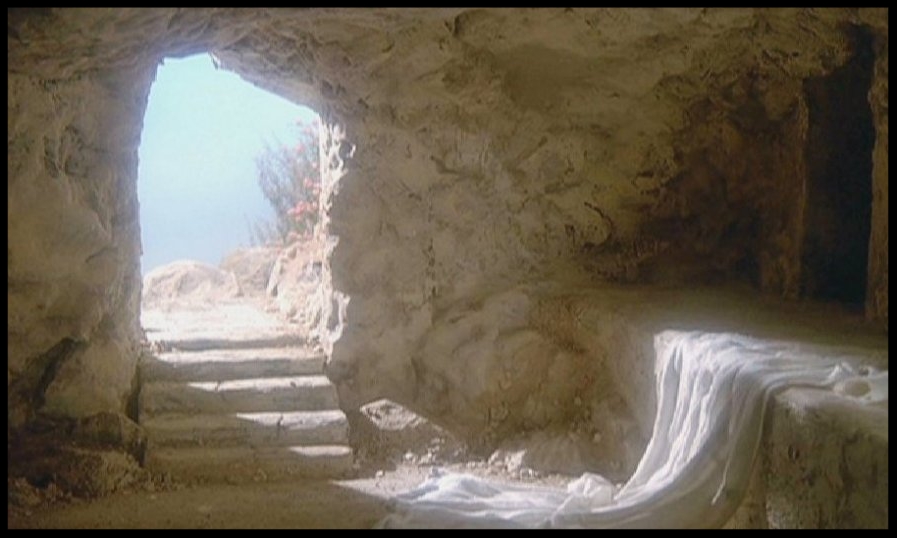
Throughout the month of August, we’re taking a close look at 23 verses of the New Testament. They comprise Ephesians chapter one, which paints one of the Bible’s most comprehensive pictures of what it means for ordinary people to be “in Christ.”
Shortly before his death in January 1924, a feeble and incapacitated Vladimir Illich Lenin made it clear that he didn’t want his departure to become a big deal.
His fellow leaders of the Soviet Union, however, ignored his wishes. They decided he must be preserved for eternity.
After lying in state for three days, his body was subjected to what might best be described as mummification. His brain was removed and cut into thousands of thin slivers so that researchers could discover, if possible, the physiological source of his genius. The rest of his body was infused with various chemicals to preserve a lifelike appearance. Soviet scientists dreamed that one day they might even invent the technology to bring him back to life.
It’s estimated that more than 60 million people have visited the special mausoleum next to the Kremlin that enshrines Lenin’s body and gazed at him through his glass coffin. During the heyday of the USSR, his body was re-embalmed every other year, and a team of 200 preservation experts closely monitored the condition of his corpse.
Historian Vejas Gabriel Liulevicius points out that other communist leaders have also received this special treatment, including Stalin, Mao, Ho Chi Minh, and the departed dictators of North Korea, Bulgaria, and Czechoslovakia. Since communism is ideologically atheistic, this gift of “eternal life” has been presented as the remarkable achievement of secular science.
The public display of Lenin’s body has unquestionably contributed to his cult of personality. Posters declare, “Even now, Lenin is more alive than the living,” and, “Lenin is always with us.”
At Lenin’s funeral, his successor Josef Stalin – whom Lenin, incidentally, couldn’t stand – did everything he could to wrap himself in the Dear Leader’s memory. Sounding very much like a priest, Stalin solemnly recited the stated desires of their fallen founder to sustain the purity of the movement’s ideals and to guard the unity of the Party. “We vow to thee, Comrade Lenin,” he concluded, “that without sparing our strength we shall honorably fulfill this, thy commandment.”
Who said you can’t have a worship service without God?
The Soviet Union may have gone on record that there’s no such thing as eternal life, but they couldn’t imagine going forward without the “presence” of their beloved leader.
Paul couldn’t have imagined that, either. But things are different for Christians. Our leader is spiritually present, even while his body is absent. That’s at the heart of verses 19 and 20: “…and his incomparably great power for us who believe. That power is the same as the mighty strength he exerted when he raised Christ from the dead and seated him at his right hand in the heavenly realms.”
Everyone in Russia knows where to find Lenin’s mausoleum. Interestingly, no one knows with certainty where Jesus was crucified and buried.
A key reason is that Jesus’ tomb turned out to be empty on the Sunday after his execution. One of the oft-overlooked evidences that the resurrection really took place is that Jesus’ tomb never became, like so many other burial plots of famous religious figures, a place where pilgrims came to lay flowers and offer prayers. The earliest disciples quite literally lost track of the location of Jesus’ tomb – for the simple reason that they knew Jesus wasn’t there. Because of the resurrection, the “action,” so to speak, has forever shifted to any place where someone chooses to call on Jesus’ name.
Have you ever wondered how neat it might have been to be a contemporary of Jesus of Nazareth?
But you are in fact a contemporary of Jesus. He is alive amongst us right now.
When Paul wrote to the Ephesians about the resurrection, he wasn’t merely sighing that a handful of earnest people shared warm feelings about a Galilean preacher who had died about 20 years earlier. He was saying that the world was actually different because of the empty tomb.
More than a decade ago, our family was watching TV late on a Saturday night in our Indianapolis home. Suddenly we heard a muffled boom, and our entire house shook. Every window rattled. Our senses seemed to tell us two things: something very big had just happened, and it had happened far away. The next morning we learned about the spectacular explosion that had rocked a neighborhood 25 miles from our house.
The resurrection was like an explosion that reverberated across the Mediterranean, and that ultimately sent shock waves around the entire world. Something had happened – something that people thought might take place at the end of history, but which had suddenly happened to one special person in the very midst of history.
And now the word was going around that the cosmos itself was somehow different – that a new way of belonging to God had opened up, and that Death would no longer hold sway over the lives of Jesus’ followers.
Here’s the best news:
Instead of standing in line at a mausoleum to ponder the past, you can encounter the very Someone who now rules both the present and the future.
